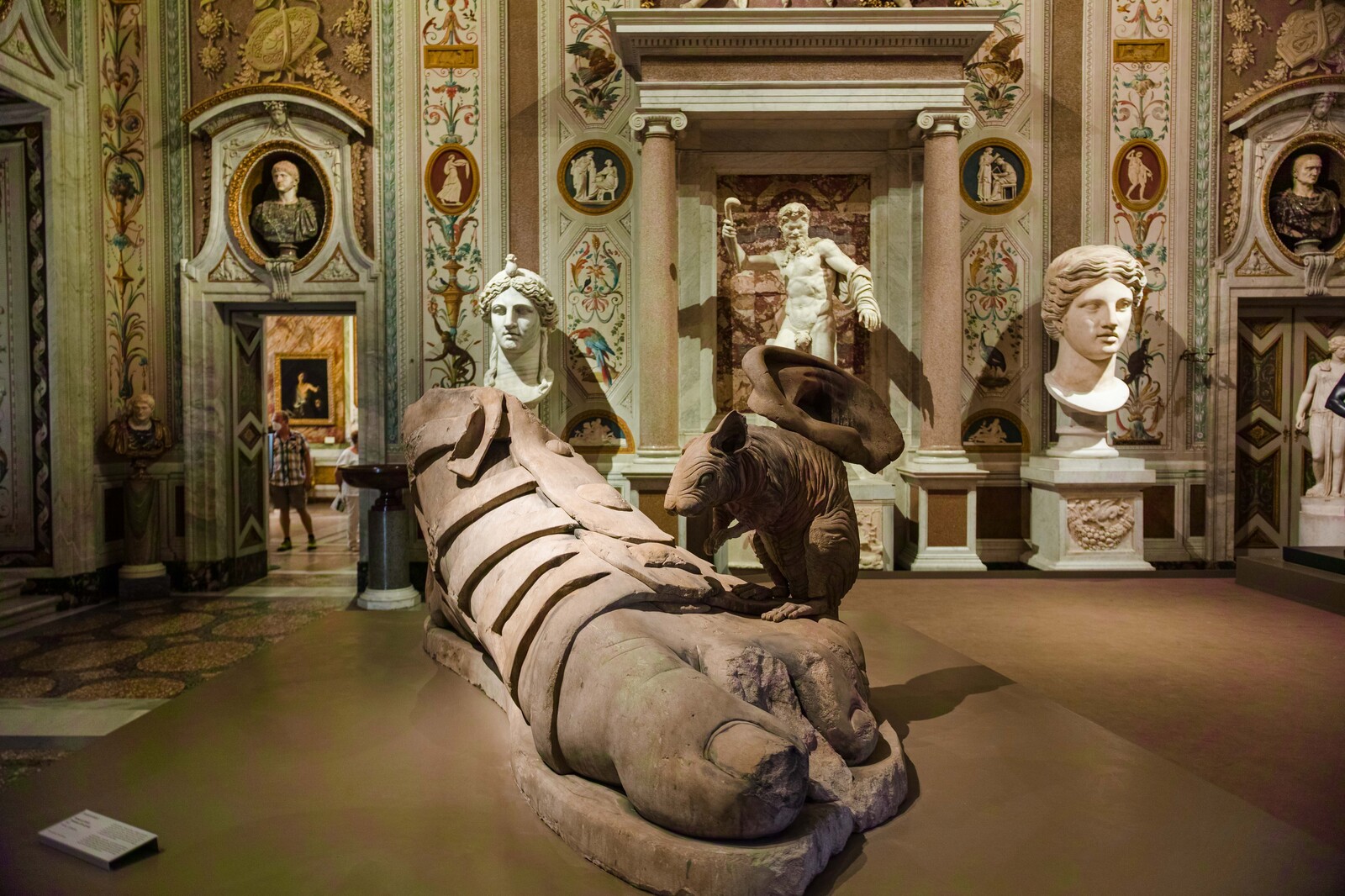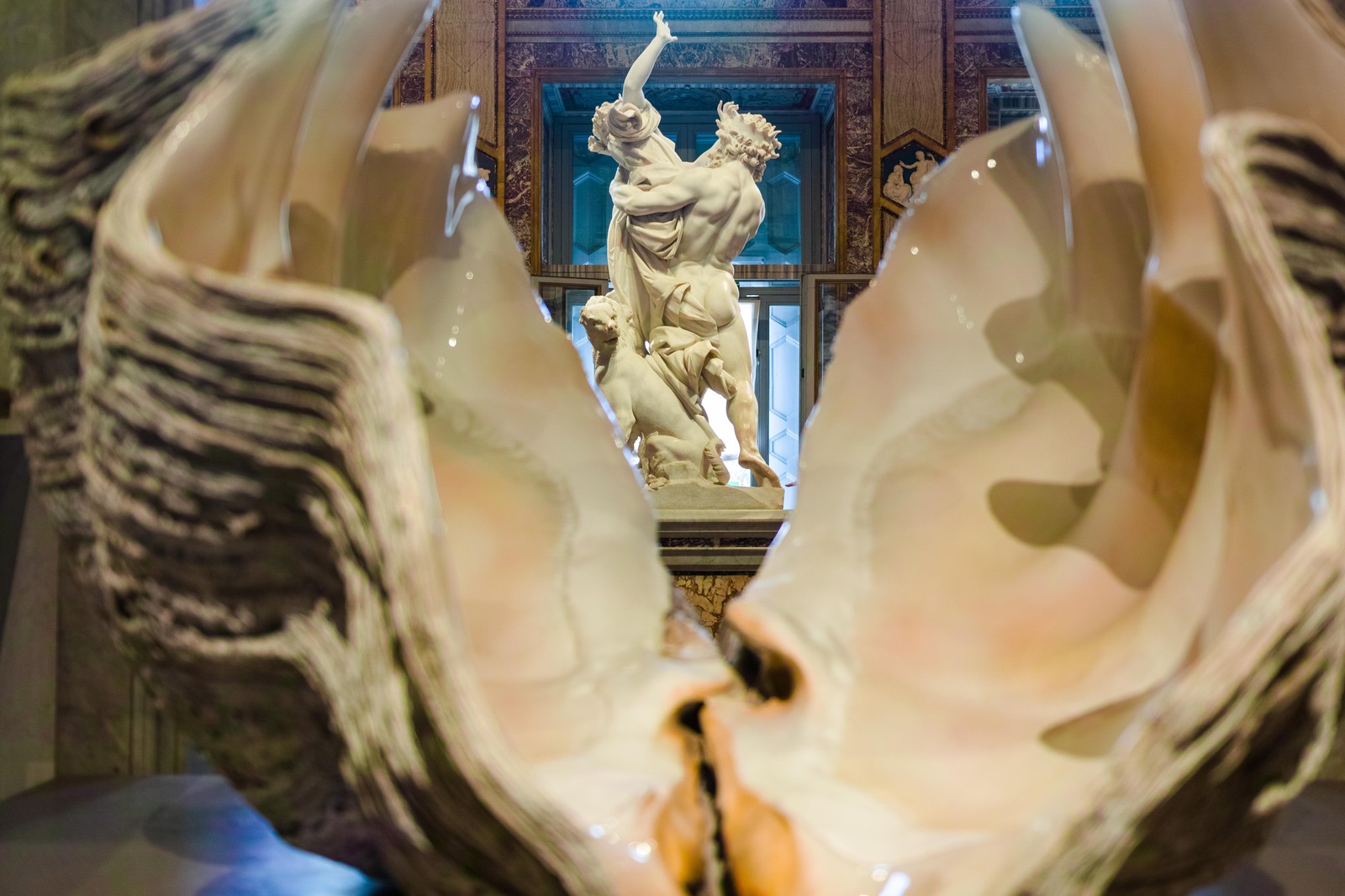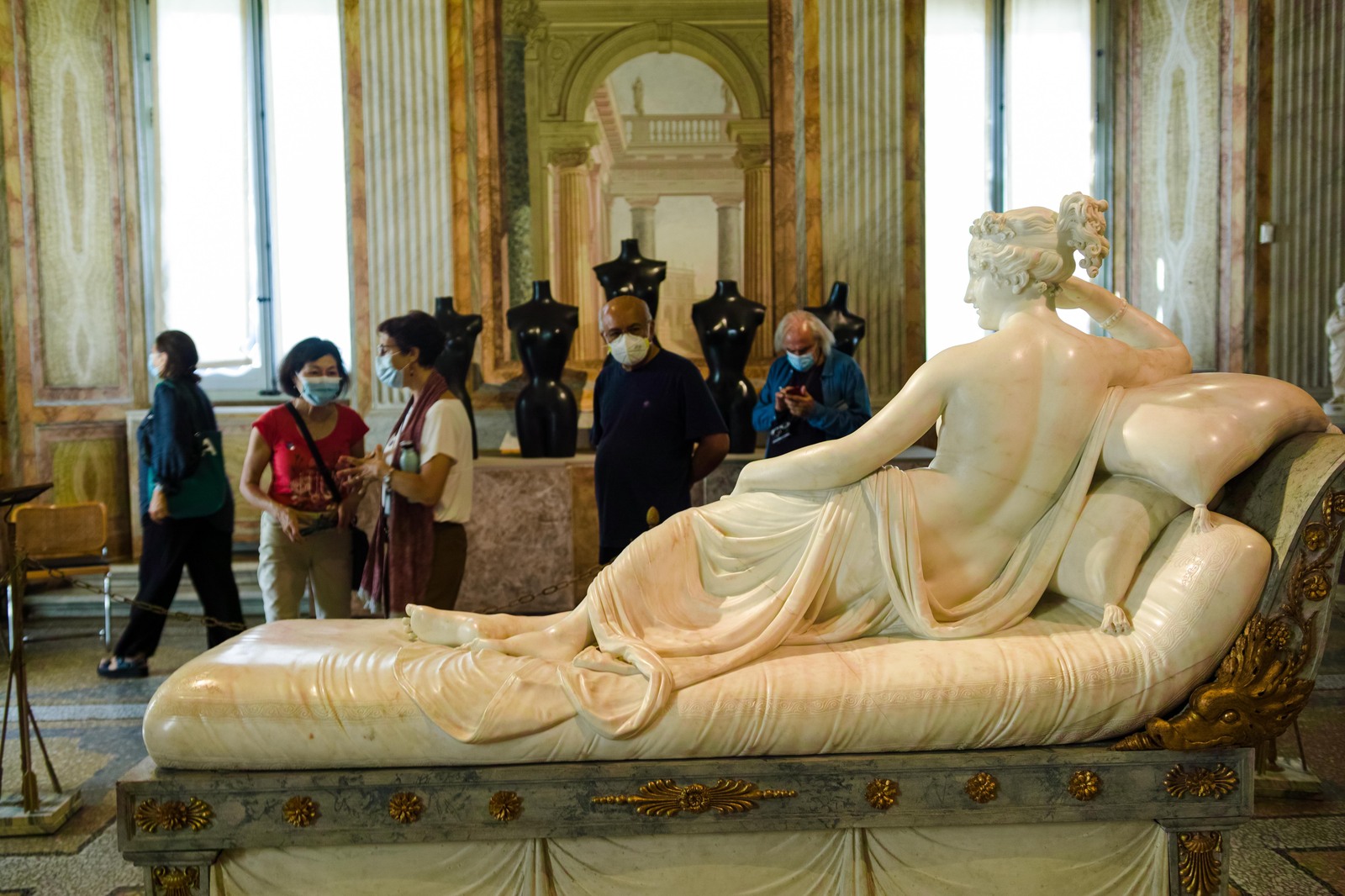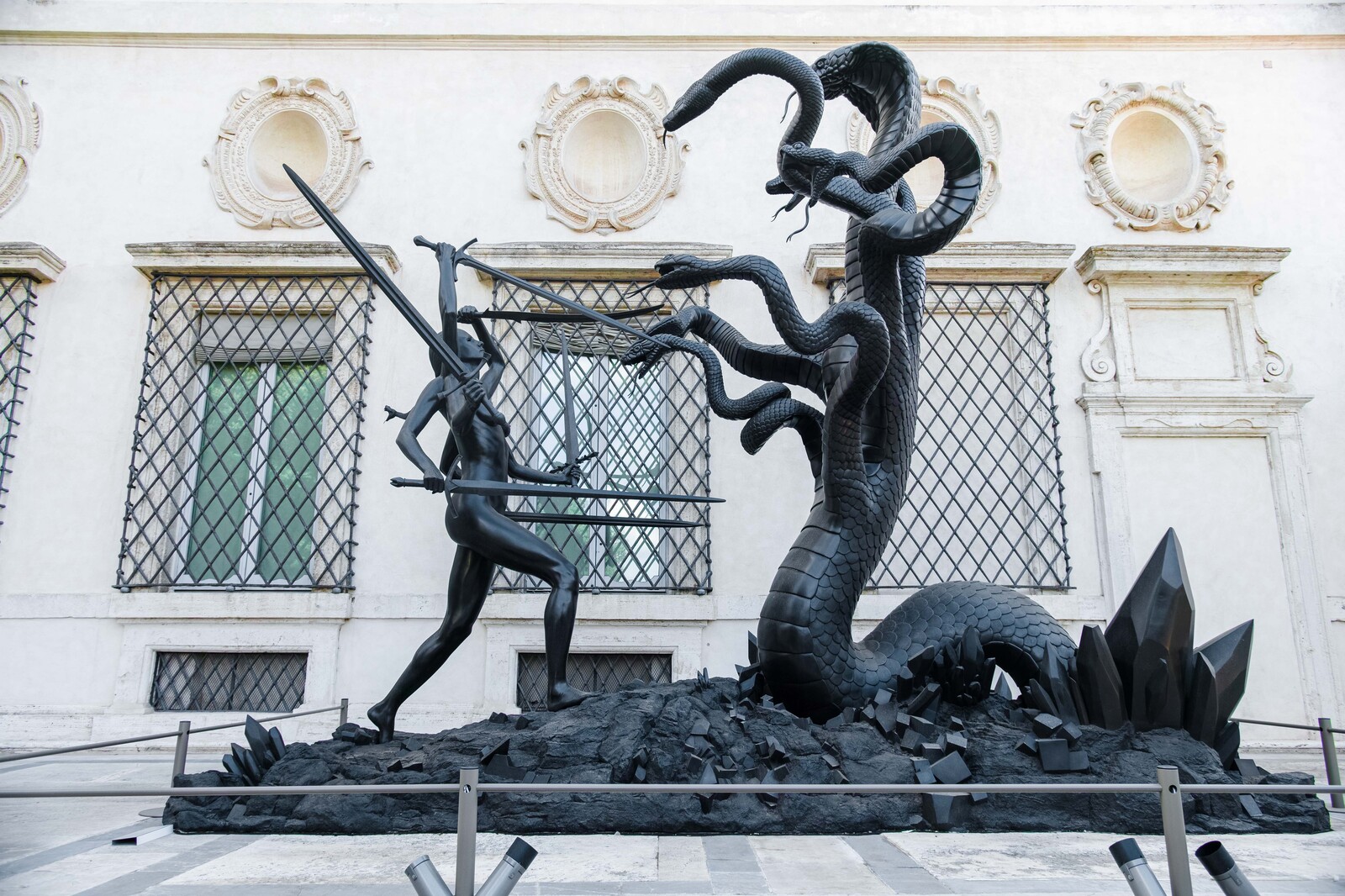TOC
This blog is about photography, but not only. Photography is a passion that often does not talk about itself, but dialogues with the subject. It is, for example, our pursuit of interesting and new subjects that pushes us to travel. After observing some images on the web, I decided to visit Damien Hirst’s <a href=“https://galleriaborghese.beniculturali.it/en/exhibition/damien-hirst/"http://google.com")" target="_blank” rel=“noopener noreferrer”>“Archaeology Now” exhibition at the Borghese Gallery in Rome. Needless to say, I liked it a lot, and I would like to take this opportunity to tell my two readers why.
Before being an artist, Damien Hirst is also a bit of an asshole. Or rather, he is one because, as an artist, he has had so much success, fame, and money. Like all people who receive these three seducers too abundantly, it has often happened to him to make blunders. Nevertheless, he is also very good, because he was able to create and imprint various works in the collective imagination. Think of the shark in formalin or the diamond-encrusted skull. In recent years he has also undertaken a more traditional pictorial production, alongside an interesting sculptural production.
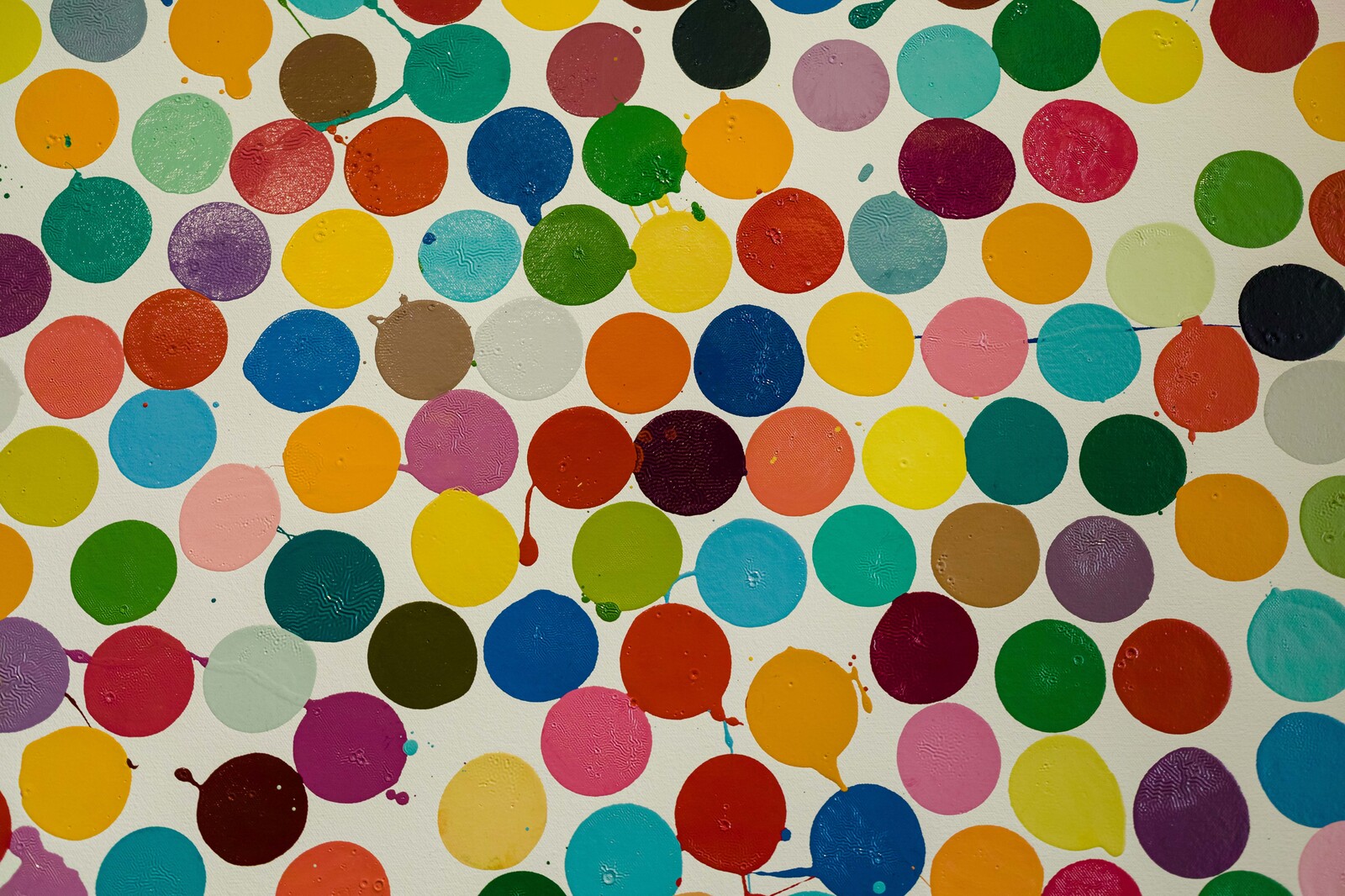
<a href=“https://www.bloomberg.com/news/articles/2021-07-14/damien-hirst-the-currency-artworks-10-000-pieces-for-2-000-each “http://google.com”)” target="_blank" rel=“noopener noreferrer”>Speaking of commercial success,10.000 NFTs created from this series were up for sale at 2.000$ each
Four years ago (although it seems like a lifetime ago) he presented “The wreckage of the Unbelievable” in Venice. In it, he boasted the discovery of a ship on the bottom of the Mediterranean, full of artworks. In reality, these are his creations, like Mickey Mouse, but presented to us as Riace’s bronzes. Although it is an easy art, it was particularly interesting to an uneducated eye like mine. Flash forward, four years later, here Hirst increases the dose: not only his creations are proposed again, but now they are at the Borghese Gallery. In what was once the town villa of one of the most powerful Roman families, we see ahead of Medusa studded with precious companions to Caravaggio’s masterpieces. Bernini’s genius has to make room for a Cerberus that looks like something out of a video game, while a Roman patrician with a toga is now surrounded by the creations of Walt Disney.

The Disney family is here ready for a toga party
But, net of the Instagram-friendly arrangement of the works, is there anything else? Before answering, however, it is necessary to note one thing. When you walk among Hirst’s bizarre creations, the desire to photograph them is unstoppable. This is because they are already iconic today, as Warhol’s series could have been in the 1960s. Not that they have the same artistic value, but in front of them one perceives being in front of a classic: it is not something that needs to be digested, the impact is instead immediate. The risk is that, however, this strong impact leaves room for nothing behind it. The reality is, on the other hand, much more complex. Not only are we in front of an important exhibition, but something that 40 years ago we would not have been afraid to define as ideological.
Hirst, one of the men who profited more from the art market, lashes out against the market itself, museums, and our preconceptions. In common thinking, the history of art, if known, is present as categories. There is “the Ancients TMs”, “the Renaissance ©” etc. However, the distinction made is often not neutral or disinterested. Let’s take precisely the object of Hirst’s criticism: the ancients (westerns). For us, they are synonymous with perfection, rigor, that “noble simplicity and quiet grandeur” of Winckelmann. In reality, the ancients were like us: whimsical, excessive, kitsch, almost anticlassical, in other words contemporary. Over time, however, we have removed these various aspects and focused on others. We have cleaned the states of their painting, we have taught that Greek perfection has always been that and is immutable, and so on. Did we do it with a clear agenda in mind? I don’t think so, at least not always. Historically, there has always been a hint of naivety in dealing with the past. The reflection of this trend of which is particularly evident in the history of art.
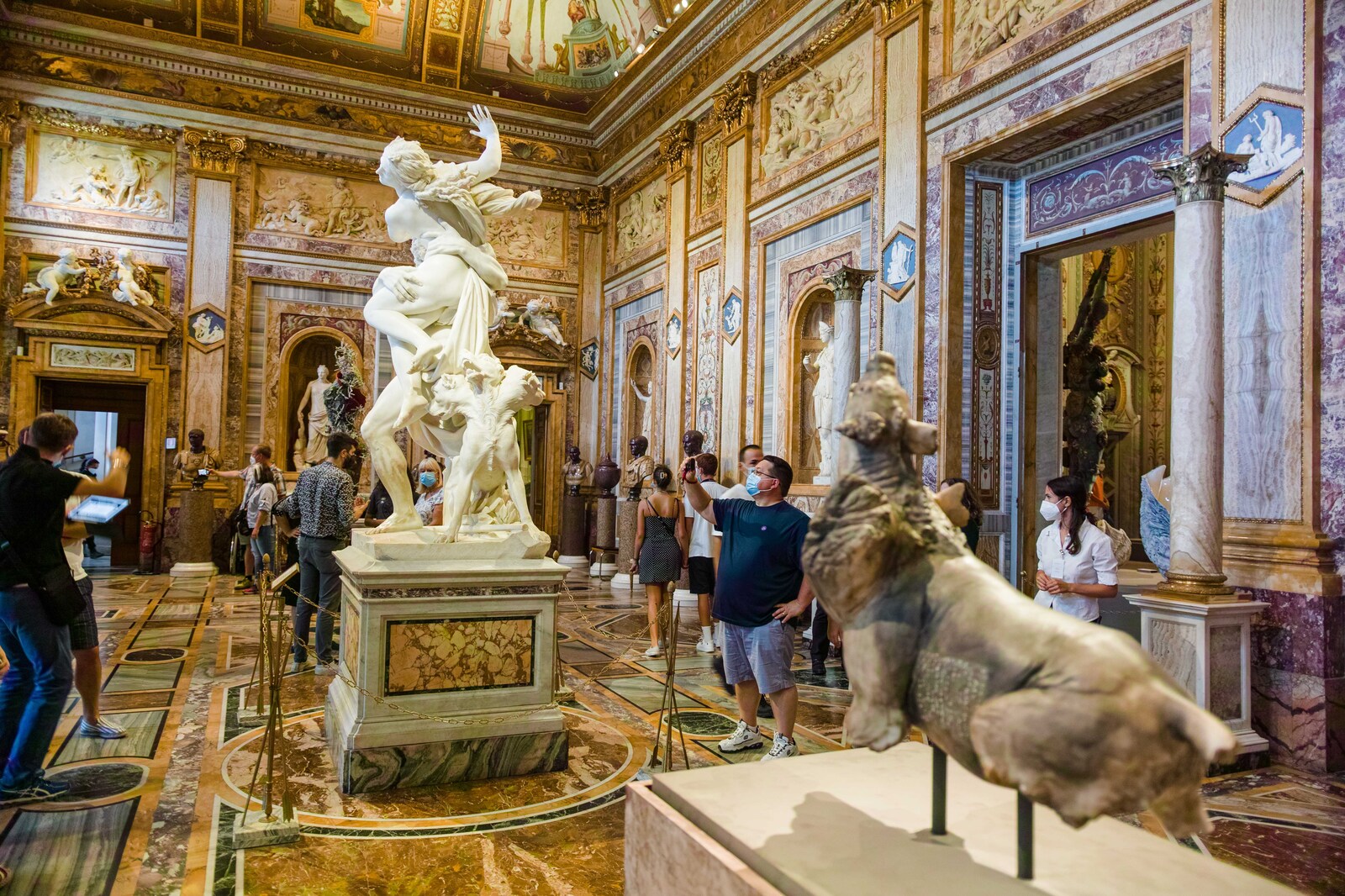
The exhibition is also a great opportunity to look at Bernini’s genius with a refreshing look
In this exhibition, however, the artist decides to show us the ancients for what they were: contemporaries like us. In fact, “Archaeology Now” is a controversial title that subverts what common sense teaches us. No longer “we who learn the lesson from the ancients”, but we who realize that our contemporaneity is necessarily theirs. One of the characteristics of postmodernity is the loss of historical vision. Hirst here goes further and replaces it with the only possible vision: ours, here and now. The ancients, therefore, become contemporary because the only key to understanding them is our contemporaneity. Not for a whim, or a divertissement, but because it is the only thing we have.
What the location adds, however, is a necessary emphasis. Take, for example, the Egyptian room, halfway between ancient statues and sculptures by Hirst. The eighteenth-century floor is precisely in Egyptian style, with fake hieroglyphs. Now for us, they are historical, as they are 200 years old, but at the time they were “fake” as much as the artifacts on display. Maybe today we turn up our noses in front of them, but they are the same thing: someone’s attempt to actualize the past. Theirs were perhaps naive, but as are ours and as those of those who will come after us will be in the future. The exhibition, therefore, does what the (immortal) works of those who preceded us do: it talks about us. Today he succeeds particularly well, earning the title of “successful exhibition”. If he succeeds in doing so in the future - and only time will tell - the author will then be able to earn a new status. No longer just an artist, but much more: a classic.
